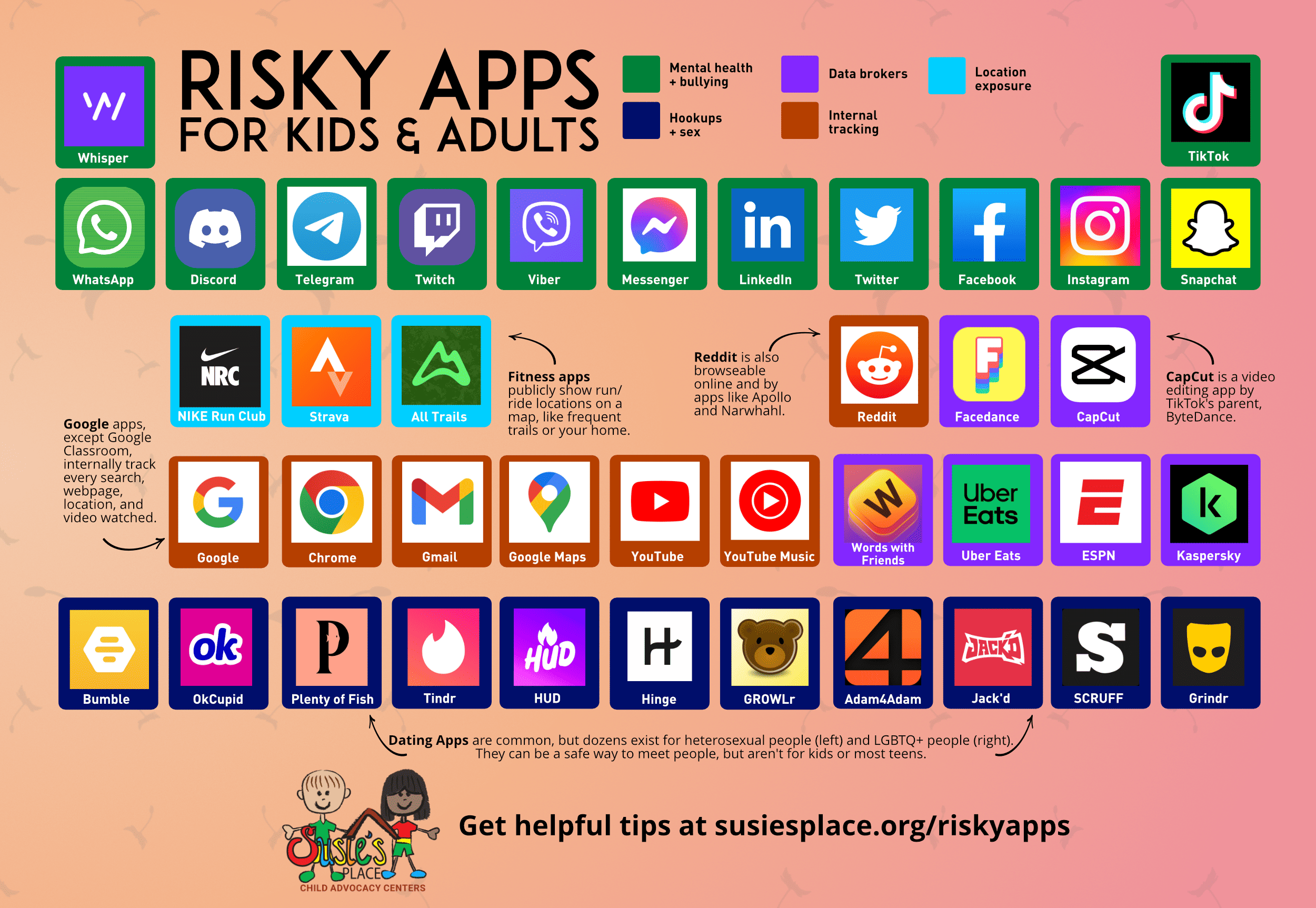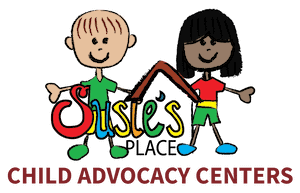This post is part of a three-part series
This is part 1 of a three-part series on potentially dangerous and risky apps. Part 2 on ad tracking and Part 3 on location tracking and cyberbullying are available now.

Location exposure, cyberbullying, and data-hungry apps can be dangerous
There are four broad ways apps can expose users of all ages to risks:
- Algorithmic “tunnel-vision”
- Location tracking and sharing
- Ad targeting
- Exposure to bullying, sexual behaviors, and aggression
Regardless of your kid’s phone platform — or yours — you inherently know some apps are riskier than others. Location tracking apps can expose our location. Social networking apps can expose kids to bullying, stress, and anxiety.
If you’ve tried blocking certain apps and websites, did you know there are potentially other apps that can expose the same sites or services? Or realize popular fitness-tracking apps may inadvertently expose your or your kid’s home, favorite trails, or run spots?
Algorithms negatively impact mental well-being
Algorithms on YouTube, TikTok, Spotify, Snapchat, and more risk putting kids into a spiral of videos and podcasts that negatively impacts their mental well-being. They are also vectors for depressive thoughts.
A CDC report shows, “Nearly three out of five high-school girls in the U.S. who were surveyed reported feelings of persistent sadness or hopelessness in 2021, a roughly 60% increase over the past decade.”
While many studies focus on Instagram because of its size, apps like Snapchat, TikTok, and dating apps like Bumble or OkCupid can pose all the same risks.
More broadly, the CDC’s latest trends report showed:
- Ongoing and extreme distress among teens who identify as lesbian, gay, bisexual, questioning their sexual identity, or another non-heterosexual gender identity.
- More than half of these students reported recently experiencing poor mental health and 22% reported attempted suicide the past year.
- The report also showed persistent sadness or hopelessness worsened across all groups, and reported suicide attempts increased among nearly all youth.
YouTube’s video suggestions have been shown to subtly guide users to hateful or highly inappropriate sexual material. New York Times journalist Max Fisher uncovered how YouTube’s pursuit of increased “time on site” metrics drove child predators to videos of kids in bathing suits and pools.
Tips for recognizing algorithm risks:
- Talk to your kids about what they share online and how seemingly harmless material can and likely will be discovered by users elsewhere outside their control.
- If your child seems depressed, anxious, or hypercritical of themselves, talk to them in a safe place, like on a drive. You may need to talk to them repeatedly.
- Know that you can get help if you feel unsure what to do next. School counselors are a good place to start for connections to support groups, counselors, and therapists near you.
- Consider screen-free weekends or vacations. It might sound impossible (even for adults), but truly getting away can reset people’s minds about what matters most in life.
- Use parental controls where appropriate to monitor their web and screen time. You may discover that despite blocking apps like Reddit or Facedance, they’re just using the website or another third-party client app instead.
Continue reading part 2 of this series on advertising tracking →


